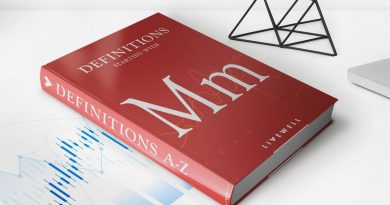Unsecured Debt

Unsecured Debt
Unsecured debt refers to loans without collateral. If the borrower defaults, the lender may not recover their investment because no assets secure the loan.
Unsecured loans are riskier, so they have higher interest rates than collateralized loans.
Key Takeaways:
– Unsecured debts are uncollateralized loans.
– Higher interest rates protect lenders from default.
– Lenders can mitigate risk by reporting defaults, contracting credit collection agencies, and selling loans on the secondary market.
Understanding Unsecured Debt
A loan is unsecured if it lacks underlying assets. Examples include credit cards, medical bills, and utility bills without collateral requirements.
These loans are risky for lenders because bankruptcy allows borrowers to default. Lenders may sue for repayment, but without collateral, recovering their investment becomes difficult.
Unsecured loans have higher interest rates due to increased lender risk.
Although bankruptcy allows borrowers to avoid repayment, it damages credit scores for years. This makes it challenging to secure new loans in the future.
Lenders have alternative ways of recovering investments. They can report default or delinquency to credit rating agencies or hire collection agencies to pursue unpaid debt.
Real-World Example of Unsecured Debt
Max, a private lender, offers unsecured loans. Elysse approaches Max for a $20,000 loan.
Since the loan lacks collateral, Max charges Elysse a higher interest rate to compensate for the risk.
Later, Elysse’s payments become delinquent. Max considers his options:
– Suing Elysse is unlikely to be worthwhile without collateral. Max hires a collection agency to pursue repayment on his behalf, paying them a percentage of the amount recovered.
– Max could have sold the debt at a discount on the secondary market, allowing another investor to assume the risk of non-repayment.



